How Much Does Tattoo Removal Hurt?
Tattoos are great until they aren’t - learn all about how painful removing them can be.

Image: Shutterstock
Whether you got a tattoo impulsively or it is an old one you have outgrown, getting out of that commitment is easy. And if you are considering different options for getting rid of the ink, you might wonder – does tattoo removal hurt? Well, we are here to answer that question.
Laser tattoo removal treatment is the easiest and most effective way to get rid of a tattoo. However, you will feel some degree of pain during the treatment. Just think about it, you got something on the inner layers of your skin, in the dermis, and now you want it out– it has got to hurt a bit, right? But don’t worry. In this article, you will get to know everything about the levels of pain during tattoo removal, so you will know what to expect and take appropriate measures accordingly. So, let’s dive in!
In This Article
Does Tattoo Removal Hurt?
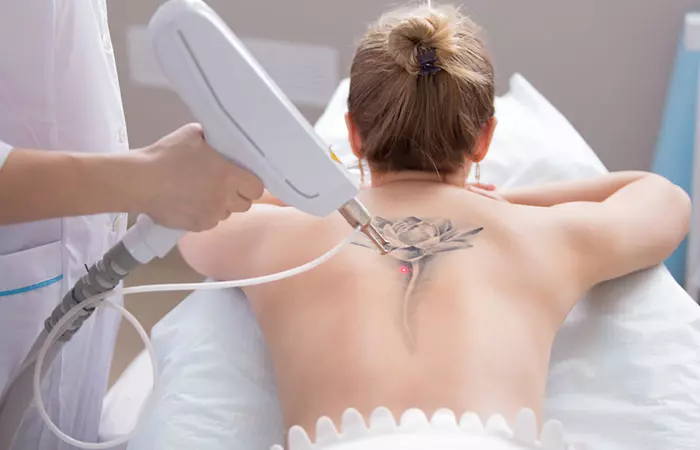
The tattoo removal process involves getting out the ink pigments embedded deep into the dermis, the second layer of the skin. Hence, it makes for some level of a painful experience, no matter whichever method you choose to get the tattoo removed.
Any type of tattoo removal method that claims to be pain-free, including things like tattoo removal creams, will seldom work well to remove all of the pigments. Furthermore, you may even have to go in for multiple sessions for complete tattoo removal, which may cause skin damage, notwithstanding the additional risk of scarring. Therefore, it is safe to go with tried-and-tested tattoo removal methods that yield positive results. Additionally, the tattoo removal specialists may provide you with a numbing cream or ice packs to reduce the pain, which may make the process bearable.
Kezia, a blogger, shares the experience of her first laser tattoo removal treatment session. She talks about her experience and notes, “The pain was apparent but not intolerable, I had to think to talk through it, but I could still talk. The procedure barely took 5 minutes so the pain didn’t last long either (i).”
So, it’s clear that the tattoo removal hurts. It happens mainly because of the depth at which the ink is deposited. But how does it feel to get it done? To know more, check the section below.
Key Takeaways
- All tattoo removal methods cause some degree of discomfort or pain, which is mostly bearable.
- The pain caused by laser treatments depends on several factors including the size of the tattoo, the color of the ink, tattoo depth and age, skin sensitivity, levels of pain tolerance, etc.
- Body parts where tattoo removal hurts the least are the upper and lower back, shoulders, calves, thighs, outer arms, and hips.
- Body parts where the tattoo removal pain is most include the face, neck, chest, elbows, knees, fingers, ankles, armpits, ribs, and sternum.
What Does Tattoo Removal Feel Like?
The feeling of pain during laser tattoo removal sessions is often described as the snapping of rubber bands on the skin or quick hot pricks. A laser tattoo removal procedure involves using a high-intensity laser to break down the pigments in the tattooed skin, which then the skin naturally dissolves.
Some people compare the pain to that of a severe sunburn. However, pain from tattoo removal typically subsides within a few hours. If you experience persistent and severe pain even a couple of days after the laser session, visit a medical professional to ensure there is no infection or allergic reaction.
Although all tattoo removals feel like an irritation of the skin, some factors influence the level of pain you experience. Read on to know more.
Tattoo Removal Pain Factors
Although a general idea can be formed about the pain involved in any particular process, the exact degree of pain of tattoo removal differs from person to person due to some of the factors mentioned below:
1. Size Of The Tattoo
It is obvious that tattoos covering a large surface area have more pigments and require more pulses of light to dissolve them. Hence, you may experience more pain when removing larger tattoos. Moreover, laser tattoo removal for bigger tattoos may require multiple sessions.
2. Ink Color
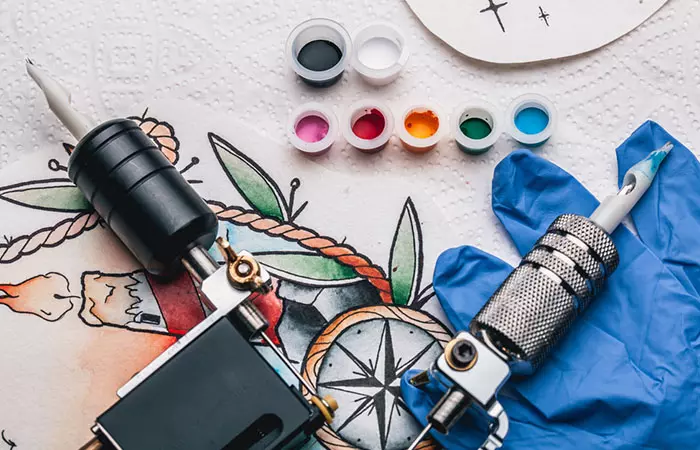
Tattoo colors also influence the kind of laser work and the number of sessions required. Darker colors require more laser pulses but respond well to laser treatment. On the other hand, lighter colors are harder to detect by lasers, as it depends on the wavelength of light. Therefore, the color of the ink particles also determines how long your treatment will continue and impact the pain you may experience.
3. Tattoo Depth
A tattoo in which the ink is embedded deeper into the skin is harder to dissolve and remove. It also increases the scale of pain as the ink particles have to be removed from even deeper skin layers.
4. Age
The age of the tattoo is also an important factor. It is easier to remove older tattoos because the ink disperses over time, and less amount of tattoo ink particles are left to remove.
5. Location
Some of our body parts contain a more significant number of pain receptors and nerve endings as compared to others. A tattoo pain chart can help you understand which areas are more sensitive to pain than other parts. For instance, removing tattoos from lesser fatty areas and bony parts such as fingers, ankles, feet, etc. are likely to hurt more. Removing tattoos from the chest, upper back, calves, etc, won’t hurt much.
6. Tolerance
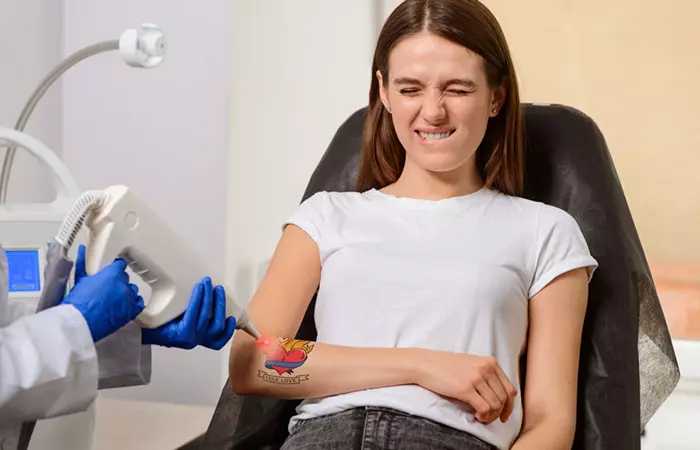
Individual levels of pain tolerance significantly affect how painful the tattoo removal will be for a person. Some people have higher pain thresholds than others due to their biological capacity or incapacity to bear pain.
7. Skin Sensitivity
Skin type is one of the major factors influencing the pain experienced during tattoo removal. People with sensitive skin experience more pain and reactions than people with normal and resilient skin.
8. Anxiety
People who are excessively anxious, tensed, or stressed during a laser tattoo removal process will experience more pain. This is because their negative emotions may increase the pain reception. Therefore, talk to the healthcare professional beforehand to mentally prepare yourself and use relaxation techniques to reduce pain during the treatment.
The pain caused by the tattoo removal process may vary among individuals, depending on the abovementioned factors. But does removing a tattoo hurt more than getting a tattoo? Scroll down to learn.
Does Tattoo Removal Hurt Worse Than Getting A Tattoo?
There is a general consensus that tattoo removal hurts less than getting a tattoo done. So, it is fair to say that if you can get a tattoo done, you can also bear to get it removed.
The laser pulses used during tattoo removal sessions are shorter and gentler than the tattoo needle tattoo artists use. Moreover, for tattoo removal, the laser beams just dissolve the ink, unlike in tattooing where the needle continuously penetrates the skin to deposit ink into the dermis. In addition, if you do not experience any infection or adverse reactions, the pain of tattoo removal subsides after a few hours.
Tattoos generally lose their vibrancy with age, which can be a significant factor influencing the overall removal process. Read below to find out.
How Does Tattoo Age Affect Tattoo Removal Pain?
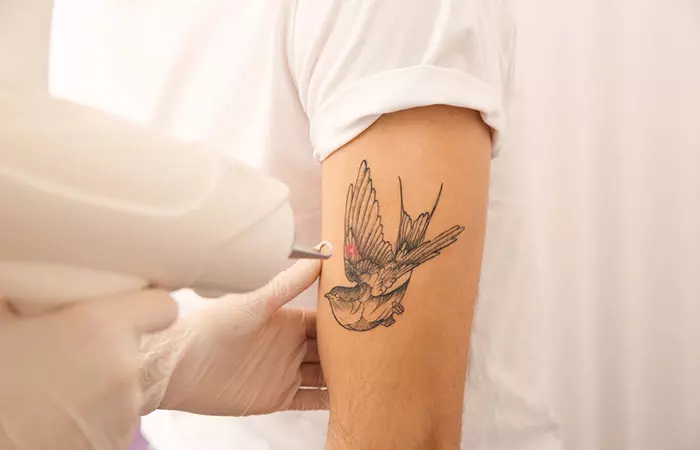
Tattoo age is a crucial influencing factor that determines how easy or painful it will be to remove a tattoo. With older tattoos, a lot of the ink particles have already dispersed over time, which means that the laser pulse has to do less intensive work to remove the residual pigments. Also, in the case of older tattoos, the healing process is complete and the skin can easily bear the trauma caused by the tattoo removal process without much damage.
However, for tattoos where the ink is deposited at a deeper layer than usual, and the laser light pulse has to travel into those deeper layers of skin to break down the tattoo pigment and remove it, it may lead to greater pain.
Now that it is clear that older tattoos may be comparatively easier to remove, find out below tattoos on which body parts hurt the least to remove.
Parts Of The Body Where Removal Hurts The Least
Some of the body parts have fewer pain receptors, which means that any kind of trauma to the skin, including getting a tattoo or undergoing tattoo removal, will cause less pain and discomfort. Such body parts include areas with thick skin, fewer nerve endings, and parts that are farther from the bones. Therefore, tattoo removal on these body parts would hurt the least:
- The upper and lower back
- Shoulders
- Calves
- Thighs
- Outer arms
- Hips
Since we know tattoos on which body parts cause the least pain to remove, it is important to also learn where tattoo removal can hurt the most. Move to the next section to find out.
Parts Of The Body Where Removal Hurts The Most
The areas in the body that have more nerve endings and thinner skin will respond more severely to any stimulation and lead to feeling more pain both during the tattoo session and the removal process. Additionally, the areas that are closer to the bones hurt more. Some of the body parts that are likely to hurt more during the removal process are:
- Face and neck
- Ribs and sternum or the rib cage
- Chest
- Armpits and elbows
- Fingers
- Knees and ankles
The question, “Does tattoo removal hurt?” bothers many people who have outgrown their amateur body art and are looking to undergo a tattoo removal. Although every effective tattoo removal method causes some degree of pain, it typically manifests as mild discomfort and is generally bearable. Some of the factors affecting the level of pain caused during removal include the size of the tattoo, the color of the ink, tattoo depth and age, skin sensitivity, tolerance for pain, etc. Tattoo removal generally feels like a rubber snap against your skin and is less painful than getting a tattoo done. However, it is imperative that you do your research before the tattoo removal consultation. Ensure that the removal procedure is done by an experienced treatment provider with an advanced technology laser device and that you follow professional aftercare instructions to help you deal with the pain and recovery.
Frequently Asked Questions
Is the pain of tattoo removal tolerable for most people?
Yes, tattoo removal pain is usually less than the pain of getting the tattoo. Therefore, it is tolerable for most people.
Can topical anesthetics be used to reduce pain during tattoo removal?
Yes. The laser technician often uses numbing creams and topical anesthetics to reduce the discomfort and pain felt during the process. You may even ask for ice packs or a cold compress to deal with the pain better.
Do at-home tattoo removal methods cause less pain than professional procedures?
It is not advisable to attempt any tattoo removal methods at home because they can be dangerous and permanently damage your skin or they may not work at all to remove the pigments.
There are a lot of misconceptions about laser technology and tattoo removal that do the rounds, one of them being that it is an extremely painful process. Check out the video below debunking popular myths about laser tattoo removal.
Personal Experience: Source
StyleCraze's articles are interwoven with authentic personal narratives that provide depth and resonance to our content. Below are the sources of the personal accounts referenced in this article.
(i). My laser tattoo removal experiencehttps://ktryslife.blogspot.com/2015/07/my-laser-tattoo-removal-experience.html
Read full bio of Ashutosh Bairagi
Read full bio of Gazala Firdos Ansari
Read full bio of Madhumati Chowdhury
Read full bio of Shreya Mukherjee





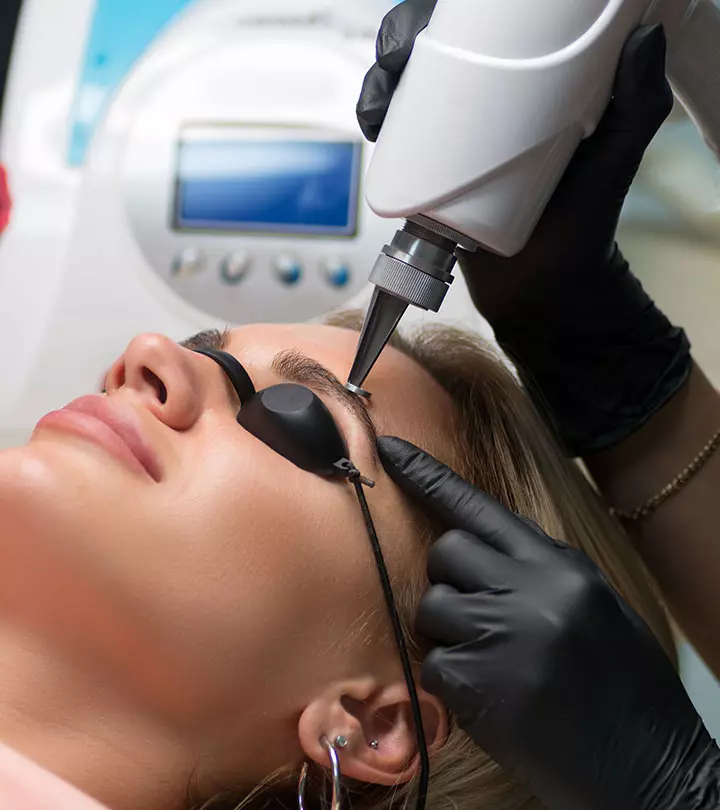
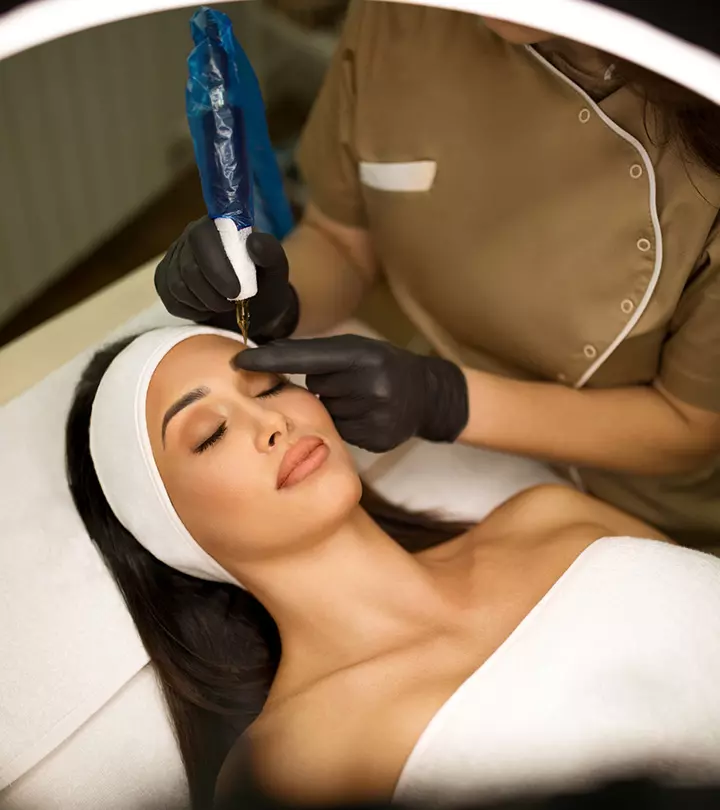
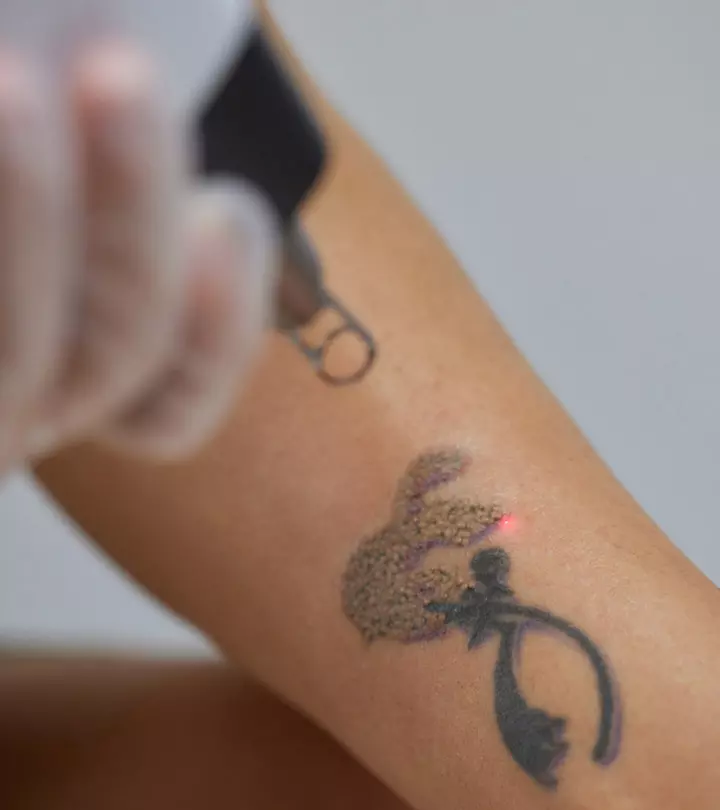
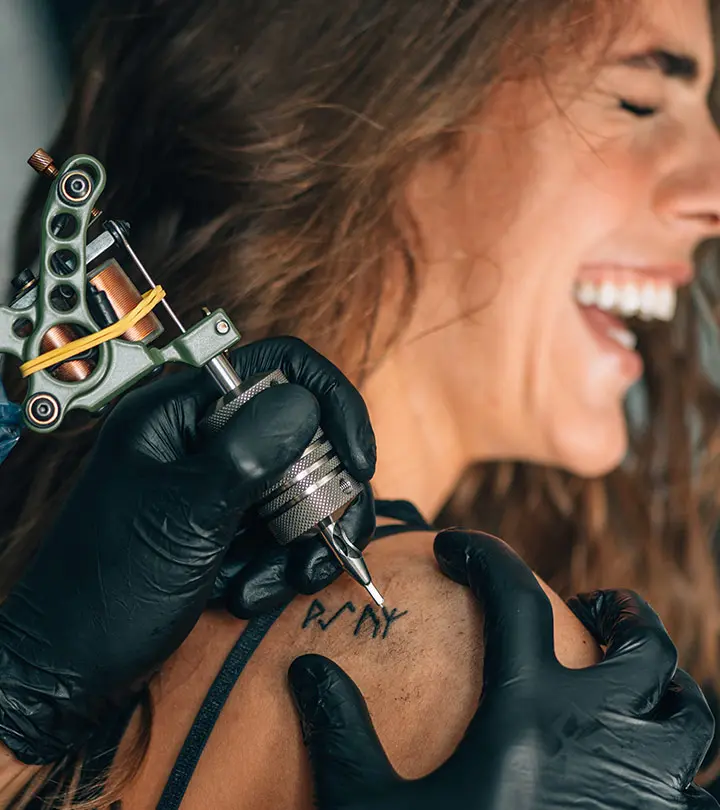
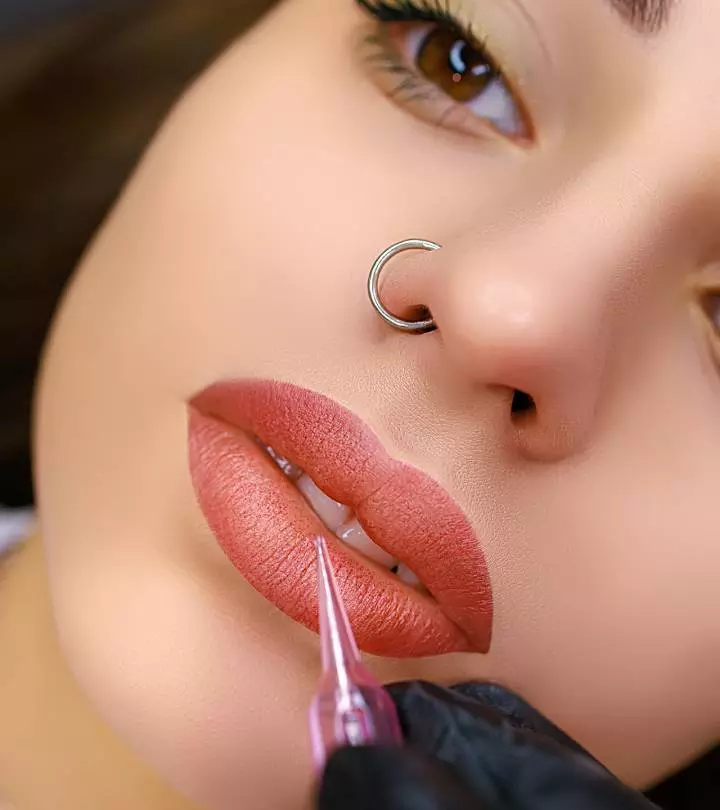
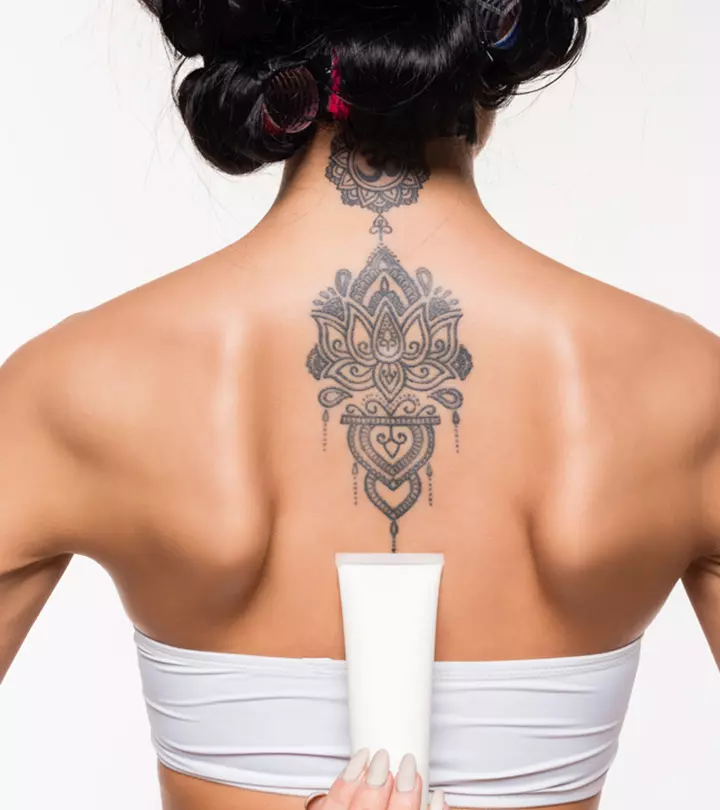
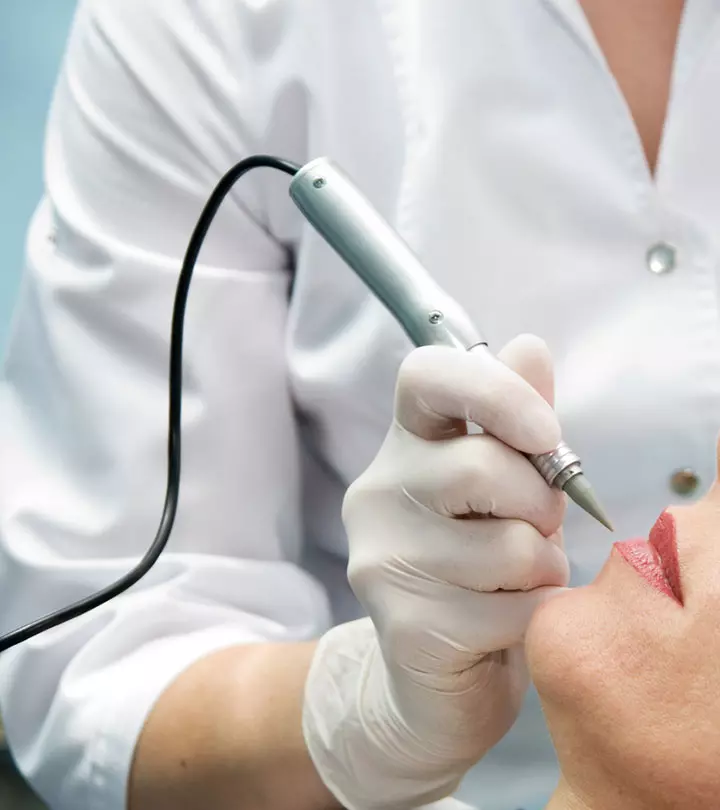
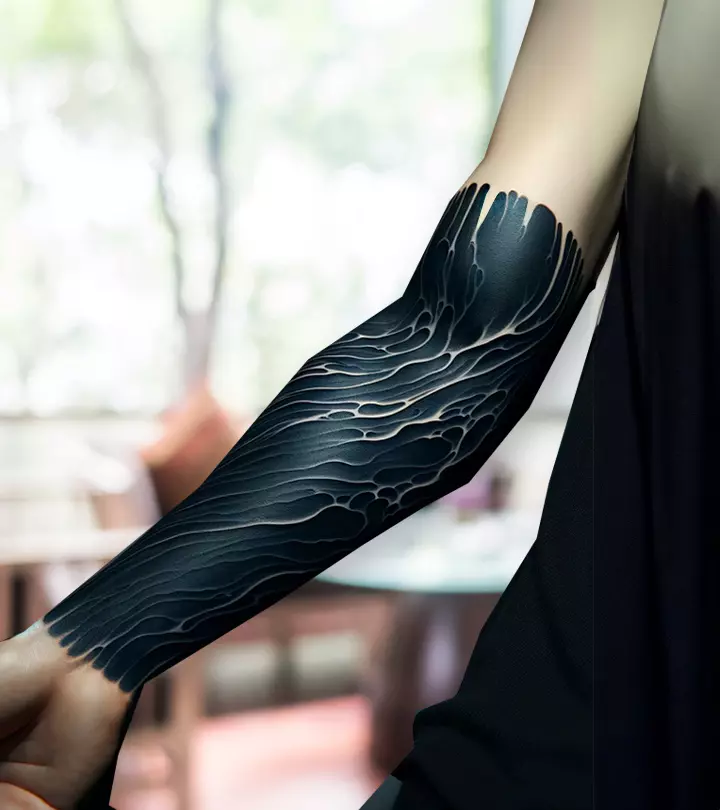

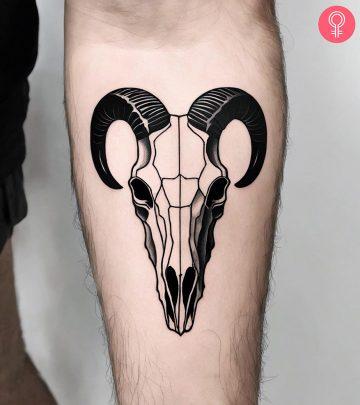
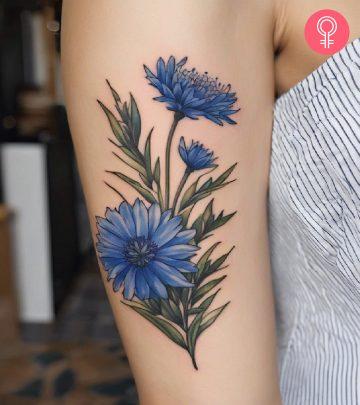
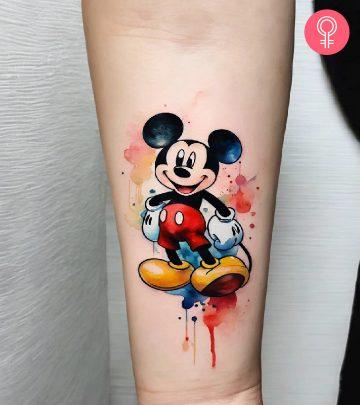
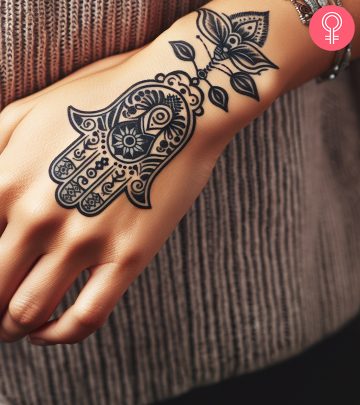

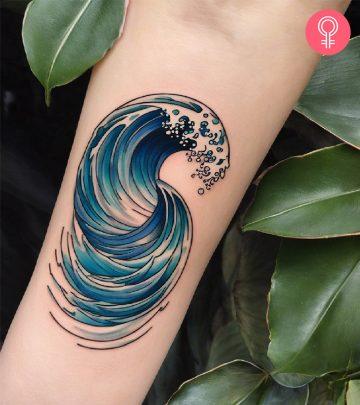

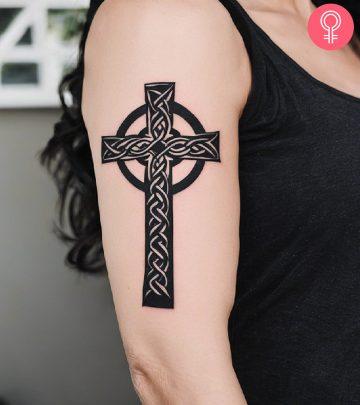
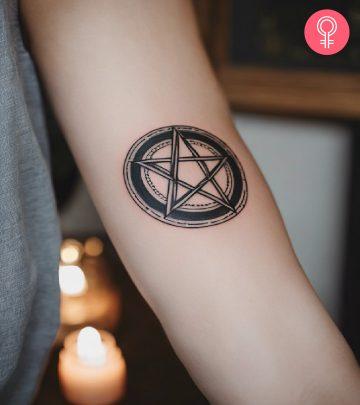
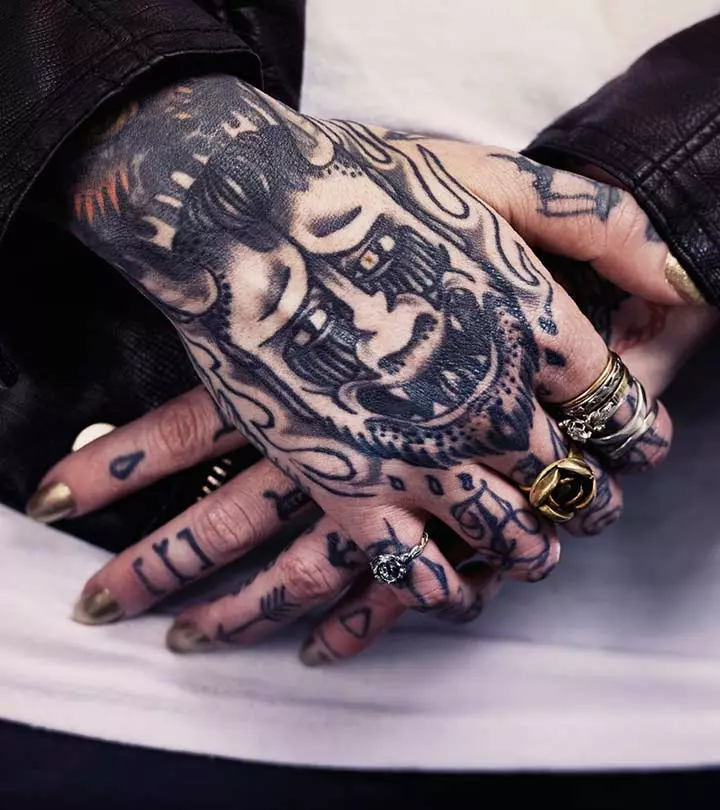

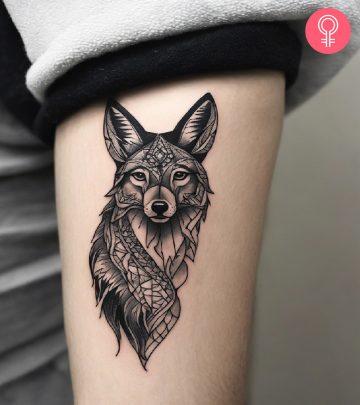
Community Experiences
Join the conversation and become a part of our empowering community! Share your stories, experiences, and insights to connect with other beauty, lifestyle, and health enthusiasts.